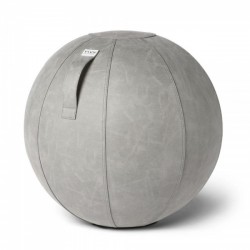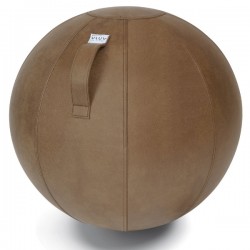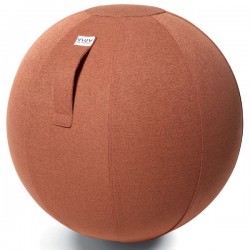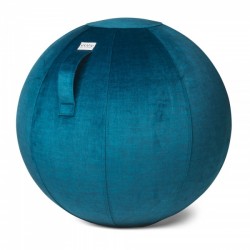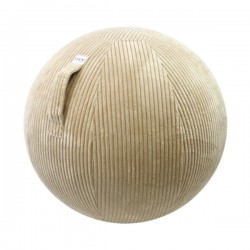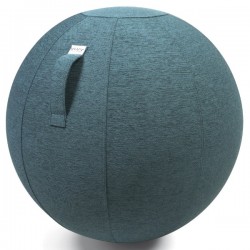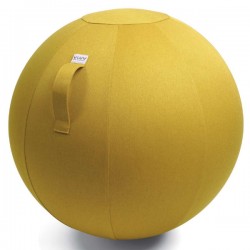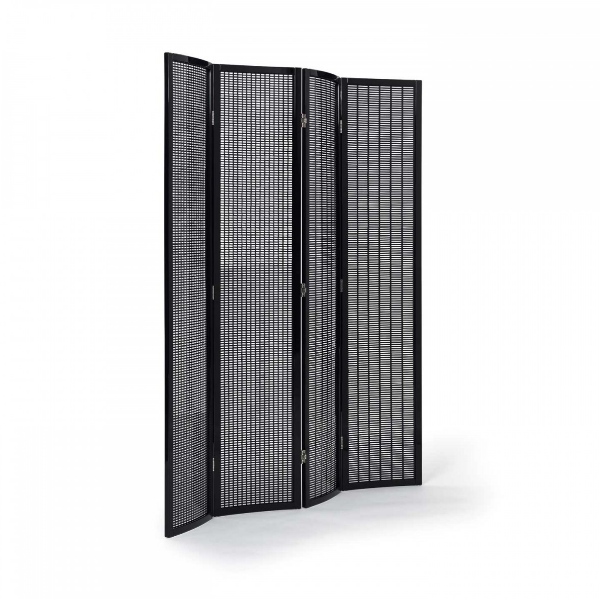Classicon Folding Screen
Folding Screen, Eileen Gray 1930
The high-tech look that arose in the 1980s and which is still potentially current had an ingenious predecessor.
Over half a century ago, Eileen Gray anticipated the cool industrial aesthetic of modern technology with the Folding Screen and her fluorescent lighting fixture Tube Light.
Her softly curved, four-leaf folding screen with its perforated metal panels will also survive the stylistic trends of future decades undamaged. Indeed, there are forms upon which no one can improve. Four-piece, foldable screen. Wooden frame with two differing perforated panels. High-gloss lacquer finish
Can't find it! We can supply all products from Classicon, If you know what you are looking for and it is not yet featured, please send us a request
- Specifications
Wooden frame with two differing perforated panels.
High-gloss lacquer finish in black, grey, white or chinese red.- Size Description
143 x167h cm
Folded : 167 x 35 cm
-
Eilleen Gray
Eilee Gray was born in Enniscorthy, Ireland, she spent her childhood in London and was among the first women to be admitted to the Slade School of Art where she took up painting in 1898 before undergoing an apprenticeship in a lacquer workshop. She moved to Paris in 1902 where she quickly established herself as one of the leading designers of lacquered screens and decorative panels.<p>During the ‘20s and ‘30s she became one of the leading exponents of the revolutionary new theories of design and construction and worked closely with many of the outstanding figures of the modern movement, including Le Corbusier and JJP Oud. Well to the fore of this group she exhibited chrome, steel tube and glass furniture in 1925 - the same year as Mies van der Rohe and Marcel Breuer and well before Le Corbusier. Her next major contribution to design was in architecture. Encouraged by Le Corbusier and JJP Oud, she designed two houses in the Alpes Maritimes, one at Roquebrune (built 1927-29), the other at Castellar (built 1932-34).</p><p>After the war and up to her death, she continued to work as a designer, on both major projects like the cultural and social centre which occupied her from 1946-47, and on a number of smaller furniture designs. In 1972 she was appointed a Royal Designer to Industry by the Royal Society of Art, London. In 1973 Eileen Gray signed a Worldwide contract with Aram Designs, London, to bring her designs into production for the first time. The Museum of Modern Art added her legendary Adjustable Table E 1027 to its permanent design collection in 1978.</p><p>Eileen Gray Kollektion: Authorised by The World Licence Holder Aram Designs Ltd, London.</p>


 EUR
EUR







